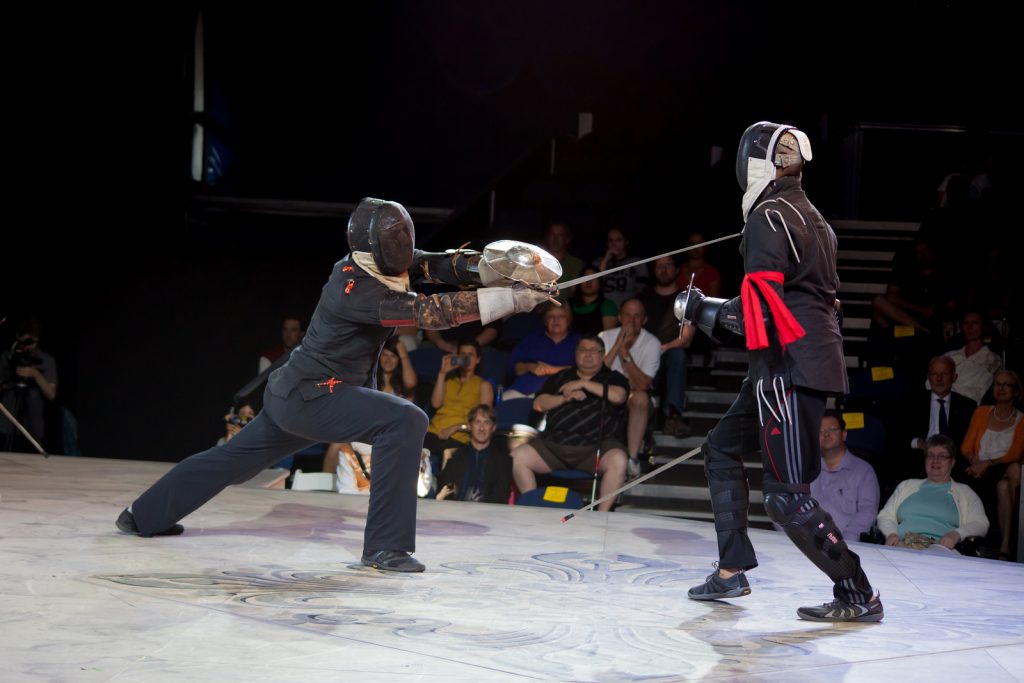One of the slowest ways to build a new combat skill is to try to practice that skill in combat. Yet I have many people who take a class from me in my school or at a workshop, and then attempt to bring that skill into their repertoire through sparring alone. The problem is that in a general sparring environment the number of times that a given skill will be applicable for use may be 10% or less of your overall time sparring. That’s simply insufficient repetitions to get good at anything.
If you actually want to implement a new skill, here’s what you need to do:
Drill It
Before you’ll have any hope of executing the technique at all, let alone successfully, you’ll need your body to have the conditioning (both mental and physical) to conduct the technique. Techniques need to be drilled hundreds of times to help establish the motor pattern and build the physical capacity to easily and precisely execute.
You need to mechanically drill a technique until you feel confident to do it at combat speeds in a controlled environment. While you’re working on the mechanics of the technique you also need to tactically drill it so that you can execute it at the right time and in the right way based on the appropriate cue from an opponent.
Integrate It
Once you can make the right tactical choice in a controlled environment, and execute the technique mechanically correctly, you need to integrate it into your overall fighting approach. Integration exercises create a combat-like environment where the target skill is practiced significantly more than it would be in open combat.
Where in open combat you might have 10 chances in a single training session to target your skill, a proper integration environment needs to give you at least 100 chances to practice the skill in the same time.
Consider using sparring games, cued sparring (where a partner fences with you but intentionally gives you the cue for the new technique 60-80% of the time), and exercises like play-building, and scaling speed sparring to maximize your applicable reps.
Stress Test It
Often the failure of a technique does not come from a lack of mechanical ability or tactical awareness but from a state of mental unreadiness brought about through stress. I recommend taking your integration exercises and bringing them up in speed as well as psychological intensity (appropriate to your desired outcome environment). This can simply be done through the attitude and speed of your partner or can be accomplished through exercises that increase the stress of your environment such as fighting with your back to a wall, against a bigger or stronger opponent, or at some kind of physical or tactical disadvantage.
Combat Test It
Bring your new skill into an open combat environment and see how it does. Intentional analysis benefits from outside eyes so have your coach, a training partner, or a video camera observe what you are doing. Afterward review whether you’re using the technique and where it needs improvement.
The end result environment is really only good for review — when it comes to learning. So make sure you’re giving new skills a chance by bringing them through a disciplined and rigorous acquisition, diagnosis, and improvement process.
